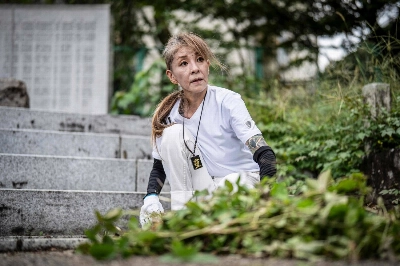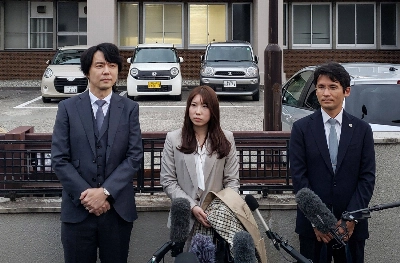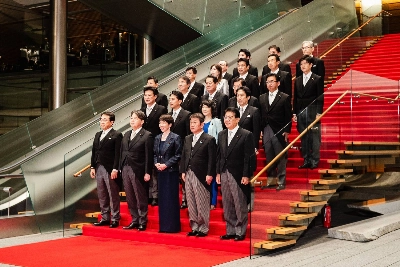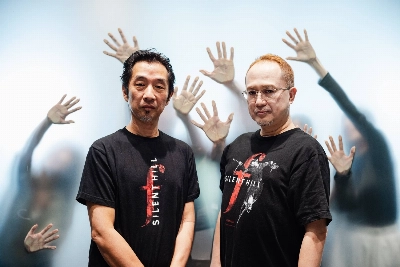In peaceful hamlets throughout Japan, local potters work at their own pace while garnering a loyal local following. There are literally thousands of such ceramists, and the serene environment in which they work nurtures and supports their artistic endeavors in subtle ways.
A famous celadon specialist I visited recently illustrated this point to me in a very specific way. He brought out a white kohiki slipped-style tokkuri (sake flask) that he had thrown in Korea, which was completely different from any of his usual shapes. He told me that when he was throwing the tokkuri the clay had refused to cooperate -- instead of taking the shape he intended, it insisted on taking the shape of the ancient wares from that area.
Upon returning to Japan he tried to replicate the Korean forms but it just didn't happen. Something about the place -- mood, energy, whatever you'd like to call it -- subliminally dictated direction.


















With your current subscription plan you can comment on stories. However, before writing your first comment, please create a display name in the Profile section of your subscriber account page.